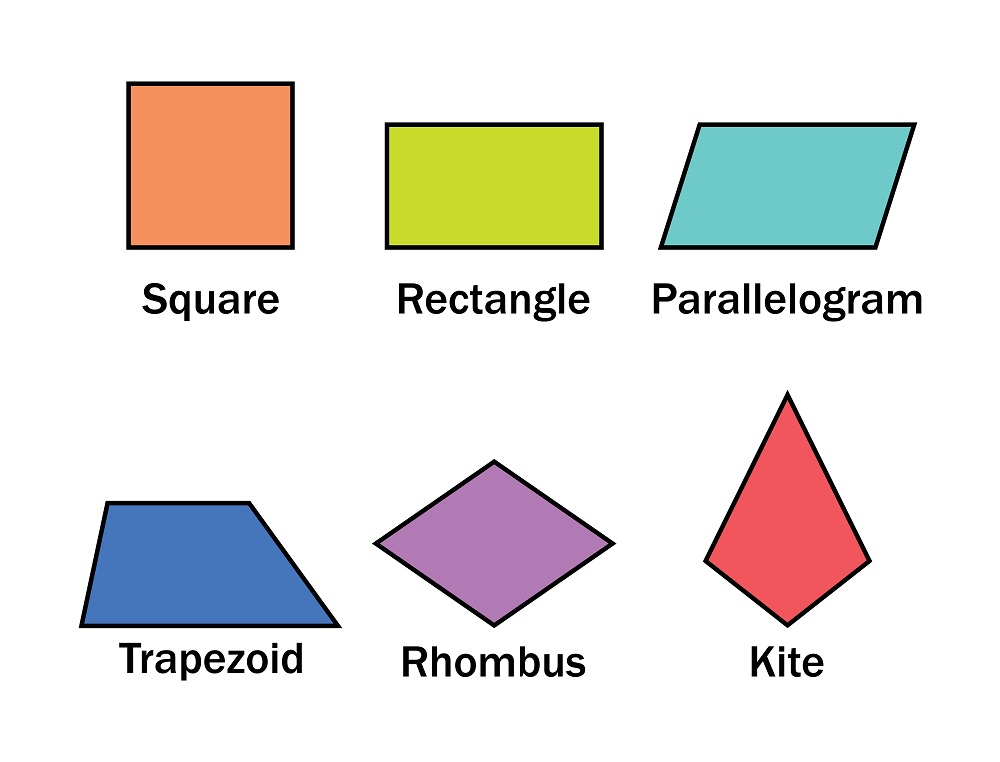Extra Challenge Tracing Shapes worksheets activities for Ages 3-5
4 filtered results
-
From - To
Discover the fun of learning with our "Extra Challenge Tracing Shapes" worksheets designed specifically for children aged 3-5. These engaging activities help enhance fine motor skills and shape recognition through interactive tracing exercises. Each worksheet offers a variety of shapes to trace, encouraging creativity and concentration as kids illustrate familiar objects. Perfect for preschoolers seeking an added challenge, our resources ensure children remain engaged while developing essential early learning skills. Download and print these fun worksheets to make learning at home or in the classroom an enjoyable experience. Explore our collection today and watch young learners thrive!


Matching 2D and 3D Shapes Worksheet


Trace and Draw More Shapes Worksheet


2D and 3D Shapes Worksheet


Twin Shapes Dot-to-Dot Worksheet
Extra Challenge Tracing Shapes activities for ages 3-5 are crucial for early childhood development, providing a constructive way for children to hone essential skills. First, they help improve fine motor skills, as the act of tracing requires controlled hand movements that are foundational for more complex tasks like writing and drawing. This activity encourages children to develop coordination and dexterity, which influence their overall physical development.
Moreover, tracing shapes engages cognitive skills by reinforcing shape recognition and differentiation. As children learn to identify and trace shapes, they begin to grasp fundamental geometric concepts, setting the groundwork for future math learning. These activities also encourage problem-solving skills and critical thinking, as children navigate how to masterfully trace lines and curves.
Additionally, parents and teachers can create a positive learning atmosphere that fosters confidence and independence. Successful completion of tracing tasks boosts a child’s self-esteem and motivates them to tackle more complex challenges. Tracing activities can also be enjoyable, making learning a fun experience that deepens engagement and joy in the educational process. In essence, Extra Challenge Tracing Shapes activities play a vital role in nurturing holistic growth during these formative years.
 Assign to My Students
Assign to My Students




.jpg)










